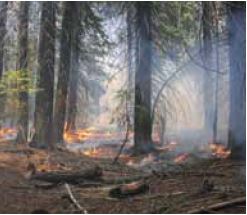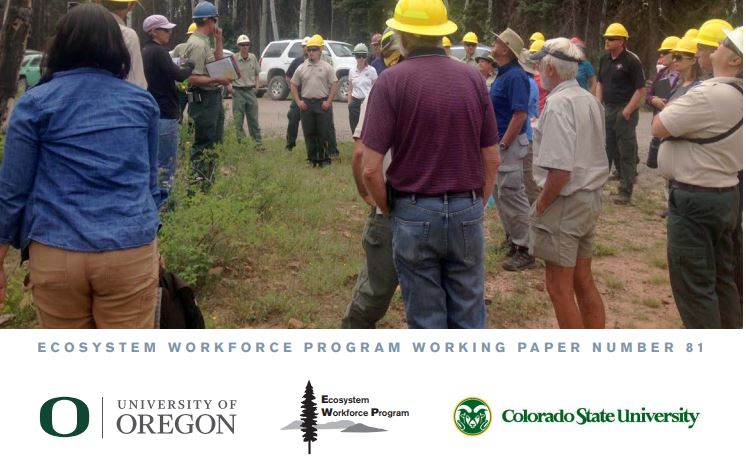

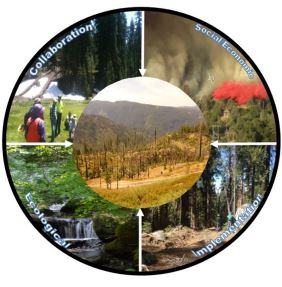
2017 Monitoring Symposium Highlights
This document contains highlights from the November 8, 2017 symposium. The intent of the symposium was to share knowledge and discuss ongoing monitoring and research work occurring within the ACCG footprint. See the full report here: ACCG MonSym Briefs11_05_17...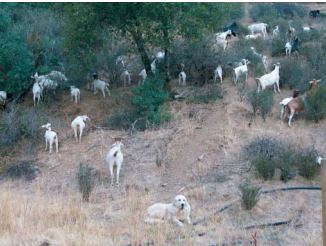
Goats! Sheep! Cows! Great paper on use of grazing
Planned Herbivory in the Management of Wildfire Fuels Grazing is most effective at treating smaller diameter live fuels that can greatly impact the rate of spread of a fire along with the flame height. By Glenn Nader, Zalmen Henkin, Ed Smith, Roger Ingram, and Nelmy...
CFLR Resource Library!
A wealth of publications, webinars, outreach materials, success stories, and other resources associated with the Collaborative Forest Landscape Restoration Program have been published in recent years. In addition to resources specific to the CFLRP, the Forest Service...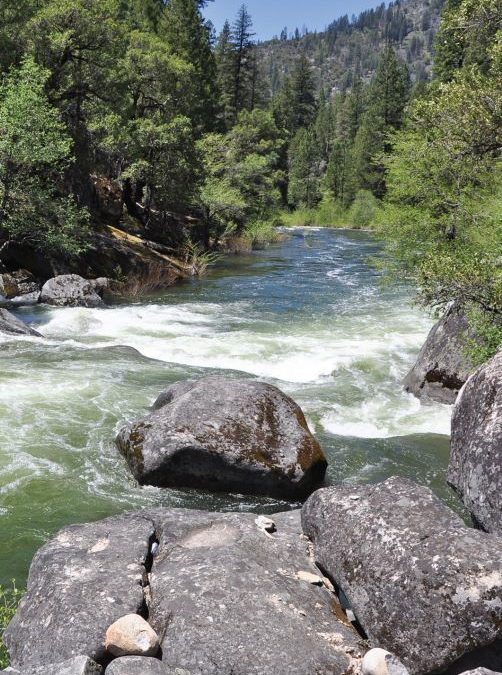
MOKELUMNE WATERSHED AVOIDED COST ANALYSIS: Why Sierra Fuel Treatments Make Economic Sense
This study was prepared by The Nature Conservancy, Sierra Nevada Conservancy, and the US Forest Service. The Sierra Nevada provides more than 60 percent of the developed water supply for California.
High-severity wildfire places this water supply at risk. The upper Mokelumne River watershed in
the central Sierra Nevada supplies drinking water to 1.3 million residents of the San Francisco Bay
Area and provides valuable goods and services, including but not limited to forest and agricultural
products, hydropower energy, recreation, wildlife habitat and carbon sequestration. Like other
Sierra Nevada and western watersheds, much of the Mokelumne watershed is at very high risk of
wildfire.
